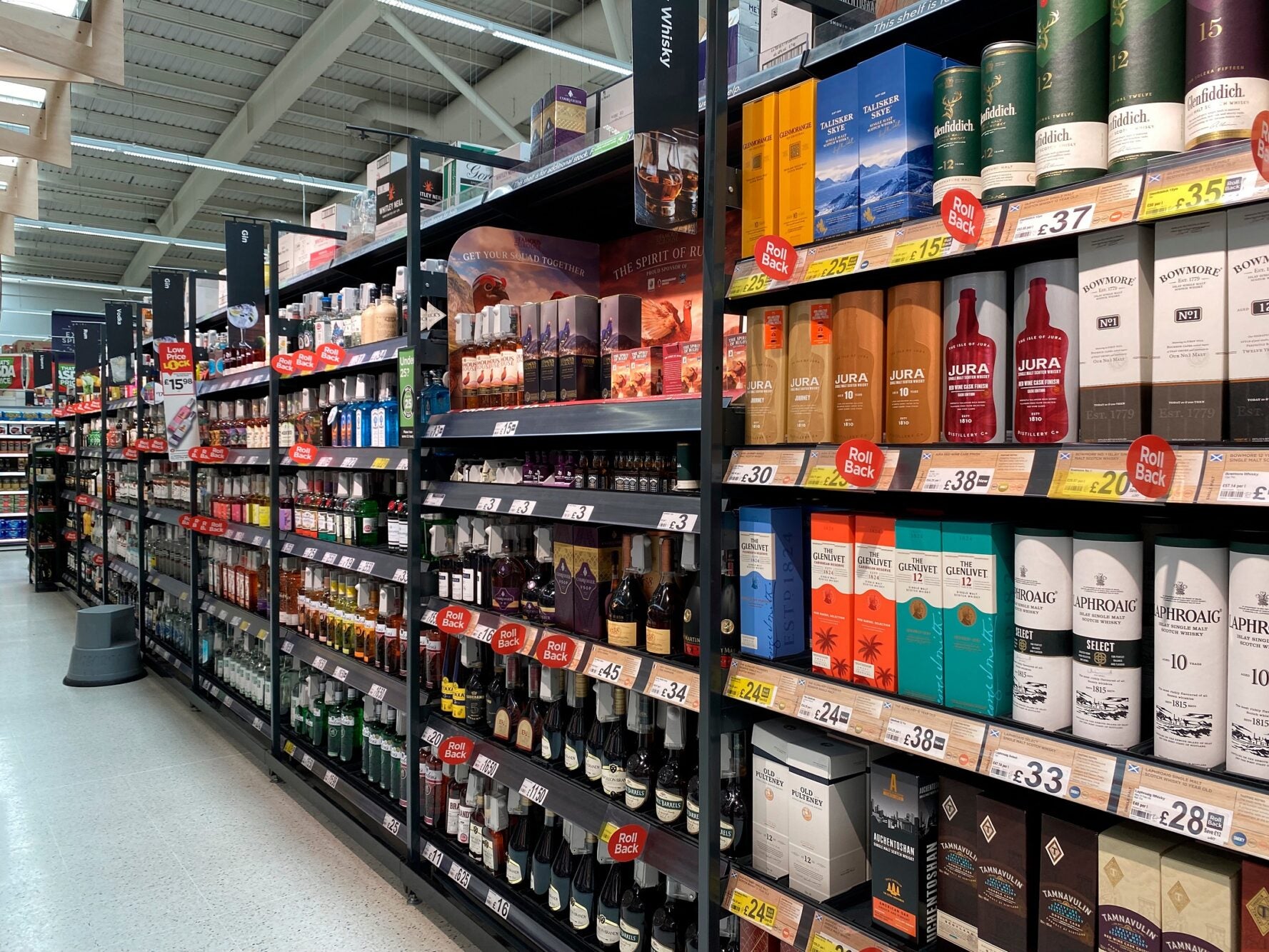
As distillers have faced rising costs across a range of inputs, the prices paid by global consumers for whisk(e)y have risen – but, largely, not at the same pace as general inflation, exclusive data for Just Drinks suggests.
Analysis by research and intelligence group GlobalData of nearly 7,000 products sold in 40 countries show that, in almost all markets, whisk(e)y prices have increased since January 2019.
According to GlobalData’s Price Intelligence Database, the average bottle sold in the US was 16% more expensive in May 2022 compared to pre-pandemic levels, while in the UK, whisk(e)y was 9% more expensive.
Mexico saw the biggest increase in prices at 17%, while stores in Singapore were selling whisk(e)y at virtually the same level as before the pandemic.
However, when GlobalData accounted for general inflation rates, a different picture emerged.
In the Baltic states, for example, when adjusting for inflation, whisk(e)y prices were down by up to 21%. Estonia, where consumer prices have skyrocketed since 2021, had a relatively low increase in whisk(e)y prices, bringing the relative cost of whisk(e)y down some 21%. Neighbouring Lithuania and Latvia had similar relative price decreases of 18% and 16%, respectively.

US Tariffs are shifting - will you react or anticipate?
Don’t let policy changes catch you off guard. Stay proactive with real-time data and expert analysis.
By GlobalDataAt the other end of the scale, France, Colombia and Ireland were the only countries in our analysis to see whisk(e)y prices increase relative to inflation.
Bigger whisk(ey) bottles have most affordable prices
GlobalData’s analysis of whisk(e)y prices reveal another interesting trend. One-litre bottles have seen their prices stay the lowest when adjusted for inflation, becoming 16% cheaper in April 2022 than in January 2019. Half-litre bottles have also become more affordable – 12% lower than pre-pandemic levels.
On the other hand, smaller bottles of 50ml and 200ml were only 7% and 6% cheaper, respectively.
In the US, the price of a 75cll bottle of whisk(e)y – the standard size compared to the 70cl seen in Europe – was 5% cheaper, when adjusted for the country’s general rate of inflation.
Whisk(e)y prices by brand
Prices of Edrington’s The Macallan Scotch increased by an average of 12%, adjusted for inflation in each market. Meanwhile, the price of the Campari-owned Wild Turkey rose by some 6%. Prices of Ardbeg Scotch whisky, owned by luxury goods and spirits group Louis Vuitton Moët Hennessy, increased by 2%.
On the other hand, Grant’s Scotch whisky (owned by William Grant & Sons) and Diageo’s Bell’s, as well as bourbons from Jim Beam, became more affordable when compared to pre-pandemic prices and inflation. That doesn’t necessarily mean manufacturers and retailers have brought prices for those products down. Instead, it shows that inflation far outpaced price increases.
Methodology
The analysis covered 6,890 individual products tracked monthly across 101 retailers in 40 countries.
To paint a representative picture, GlobalData removed countries with fewer than 50 products. Where prices were missing for some products for certain months, they filled them in with the latest known values.
GlobalData then calculated the price inflation rate for each product in the database, comparing the price the item was sold at in January 2019 to the price it had in April or May 2022.
The group then adjusted those price changes to the national inflation rates in each country based on monthly figures from the International Monetary Fund. GlobalData says that allows it to see whether whisk(e)ys have become more or less affordable compared to other expenses consumers have.
For example, one UK retailer was selling a one-litre bottle of Teacher’s Blended Scotch for GBP26.85 (US$31.99) at the beginning of 2019. By April this year, that price has increased to GBP28.45. However, with an inflation rate of 12% in the UK in the same period, that bottle has essentially become 6% cheaper.



